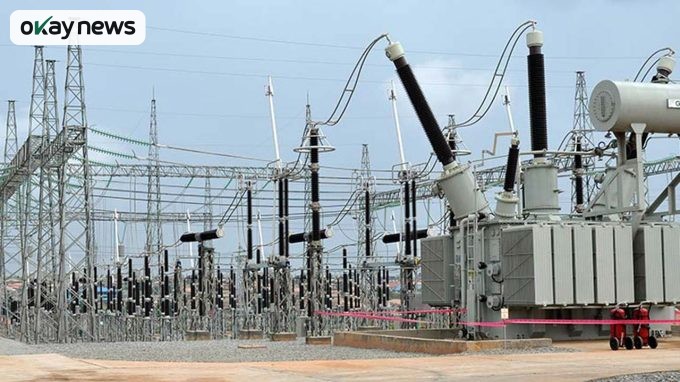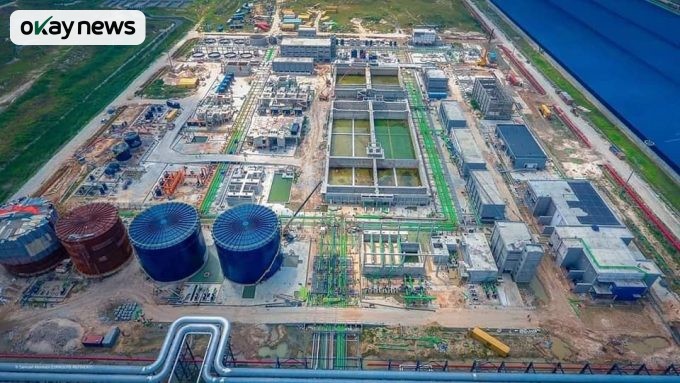Nigeria’s power system continues to underperform as low demand from distribution companies holds national electricity generation at 5,000MW, leaving 3,500MW of available transmission capacity unused. The Ministry of Power confirmed the figures in Abuja while presenting the latest operational update on the national grid.
The ministry reported that Nigeria’s wheeling capacity, which stood at 5,500MW in July 2025, has risen to 8,500MW. It said the grid can transmit that volume immediately if generation rises, but distribution companies are not taking enough power to match the available capacity.
Minister of Power Adebayo Adelabu said the system can “comfortably and conveniently” wheel 8,500MW, adding that the constraint is not transmission infrastructure but the level of demand within the distribution segment of the market.
The Nigerian Independent System Operator’s Market Operations Executive Director, Edmund Eje, said the system only generates what can be consumed because electricity cannot be stored. He stated that generation, transmission, and consumption must remain equal in real time, and generators will not produce power that distribution companies cannot take.
Eje said the successful synchronization exercise with West African countries does not affect domestic supply volumes. He noted that Nigeria is allowed to allocate 600MW for bilateral trade under existing rules, but current production levels restrict actual supply to 360MW.
The ministry also confirmed that Nigeria conducted a four-hour grid synchronization test on 8 November 2025 with 15 countries under the West African Power Pool, marking the most stable regional operation in the system’s history. Adelabu said the achievement demonstrates improved resilience and represents a major step toward eliminating grid collapse incidents.
The synchronization ran from 05:04 a.m. to 09:04 a.m., linking Nigeria, Niger, Benin, and Togo with regional networks in Ghana, Côte d’Ivoire, Burkina Faso, Liberia, Sierra Leone, Guinea, Senegal, The Gambia, Guinea-Bissau, and Mali. Power flowed across all borders at a single stable frequency throughout the test.
Officials described the outcome as the first successful large-scale synchronization since a seven-minute trial failed in 2007. They said the milestone strengthens Nigeria’s role in regional electricity trade and supports investor confidence in the evolving electricity market.












